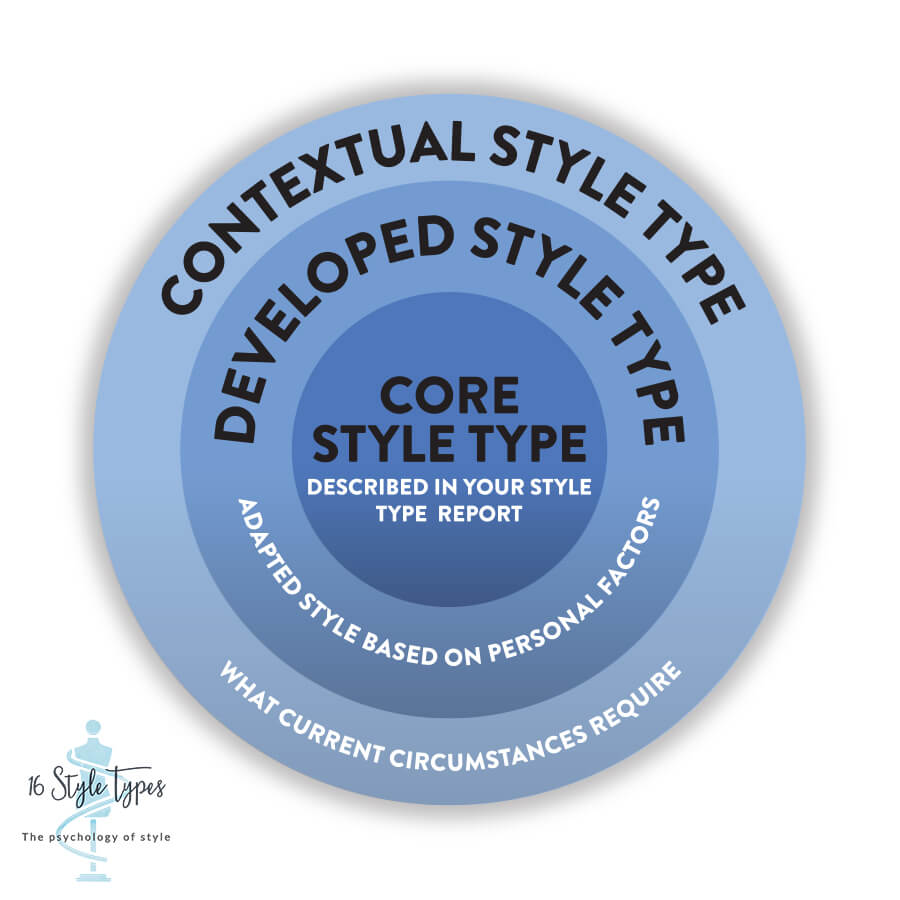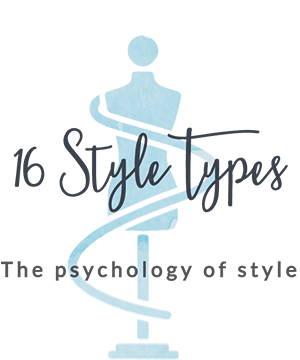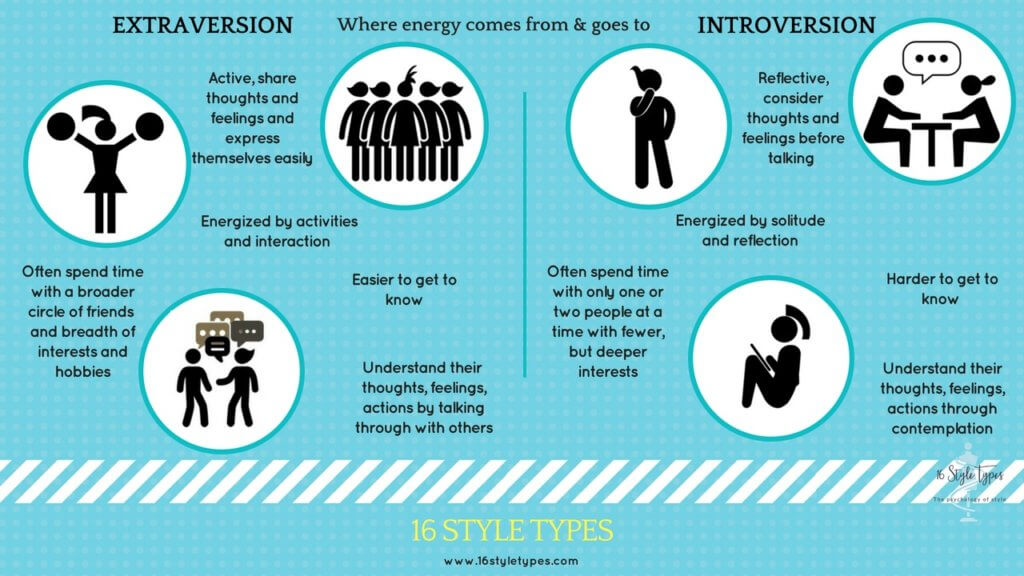By Jill Chivers and Jane Kise with input from Ann Holm
One of the things we encounter a lot in our work with Psychological Type is how it flows from the individual exploring about themselves into their relationships with key people in their lives.
Almost as soon as someone learns something significant about their Type, they start to think of those close to them – partners, children, work colleagues, friends – and imagine what the Type of these significant others might be.
Sometimes they do more than imagine.
They start to guess, to conjecture, or to even claim a Type for someone close to them.
This drive to “Type” others has a wonderful side, demonstrating an intense interest in Type and a deep desire to apply it to important relationships to make them better. This Type interest is to be encouraged – we’d never want to pour cold water on Type enthusiasm!
But there’s a potential dark side to “Typing from afar” – trying to guess the Type of someone (and that means anyone, including those most close to you).
Let’s explore why identifying someone else’s type is truly difficult, potentially dangerous, and appropriate for some purposes but not others.
Why is Typing from Afar So Difficult?
People often ask us, “Do you ever have a conversation without automatically ‘Typing’ the person you’re talking to?” And the answer is we very seldom are secretly assigning someone a Type we’re in conversation with, for a few reasons.
From a Type perspective, we know that we have to get to know the other person quite well, perhaps working directly with them on some task or engaging in experiences together like walking through an art exhibit, to have any real clues as to what their Type may be.
And even then, it’s generally not enough because even then, we only have part of the picture to go on.
From a relationship perspective, you can’t be paying attention to the person you’re in conversation with if you’re surreptitiously trying to work out a Type they might belong to! Of course, some big Type clues may jump out at you, and these can be interesting to reflect on… but a full-fledged Type Guestimation is never happening when we’re spending time with others.
Even in your most intimate relationships, you don’t see everything that’s real and present for the other person.
Three (3) things can blur our picture of others: personas, behaviors, and motivations.
Let’s look at each in turn and where problems quickly arise when using any of these things to guestimate the Type of another.
Persona Perils
Many of us internalize early on that showing our “real” selves to the world just isn’t a good idea. Think of the “intelligent” young girl who’s told not to let the boys know she’s smart. Or the amiable young boy who is told it’s more important to win than to get along with his teammates. Or the politician who learns to mask who they are to build the “right” public image.
We all do this in some situation to some extent. Jane, for example, is often asked, “I’ve watched you teach. Aren’t you really a Thinking type? You present so logically.” Jane replies that because most people retain information better if they receive it in an order that makes sense, she works hard to put things in a logical order. But she most definitely prefers Feeling.
Jill is sometimes confused with an iNtuitive because she seems so ideas-y, when in fact her need for concrete, definitive steps to truly be able to engage thoroughly and happily with a task makes it clear her preference is for Sensing.
Our personas are one of the reasons it is so very difficult to Type public figures, be it an actor, a political figure, or a sports star.
Of the public persona you see, you’re bound to witness the expected or necessary personal required, such as tough-mindedness, logic, caring, engagement with the big picture, attention to details, and so on.
It’s interesting to ask: Are you seeing a marketing package or the real person?
Even popular public figures like Michelle Obama can’t be “known” enough to accurately and definitively Type from afar — as tempting as it is to try!
Behavior Blinders
Besides the personas people wear, their behaviors may blind us from seeing their true personalities. As we know behavior and innate preference are not the same thing.
Just because you can do something doesn’t mean you prefer to.
Just about all of us develop skills and sets of behaviors outside of our preferences; this is called maturity! For example, we often laugh when toddlers who prefer iNtuition begin making up their own rules for games whereas an adult iNtuitive had better do that carefully or be accused of cheating!
So the behavior you’re seeing may flow from preferences, from choice, or from wisdom about what is appropriate in a situation. There are many factors causing someone to behave in a particular way, and innate Type preference is only one of them. Remember the distinction between Core Self, and our Developed and Contextual Selves!
This brings up how understanding why someone behaves as they do complicates “Typing from afar” even further!
Further Reading
Nature Vs Nurture, including 15 ways that indicate our innate, natural way of being.

Behavior comes from many places – not just innate preference.
Motivation Mysteries
Have you ever used the age-old phrase, “A penny for your thoughts!” and been taken rather off guard by how wrong you were about what the other person was thinking? Thoughts, motivations, and even much information about the innateness of our personality preferences are inside our heads that sometimes become visible and other times remain hidden.
All of us have an internal world, an interior landscape, a place that nobody else sees but is real and true for us. Those of us who are Extraverted have an Introverted function which supports and balances our dominant Extraverted function. This is part of the dynamic nature of Type.
But even more importantly, the dominant (or leading) function of people who prefer Introversion, is, by its very nature, hidden from the world.
This means that the most developed and significant aspect of the psychological make-up of those preferring Introversion is invisible.
Using the ‘thin slice’ of what others choose to share with us of their internal experience, world and motivations to assign a Type to someone is dangerous territory as we simply do not have enough information to go on.
Not being able to confirm the “Why’s” behind others’ behavior compounds the inaccuracies so frequent in Typing from afar.
The Nature of Introversion
We may not be seeing anything of significance about these important internal innate preferences – the person may not be sharing with the world the most important elements of what motivates them.
Perhaps they aren’t aware of their preference for Introversion so are “just being themselves”, which often means keeping the most significant aspects about who they are and what they psychologically prefer to themselves without being conscious of how that is impacting others around them — sometimes Introverts can appear to be shutting others out, when in fact their intention is simply to be in their rich inner world for as long as possible.
Even if they are conscious of their preference for Introversion, they still will wish to spend a significant part of their time in their internal world – this is part of what defines Introversion.
So using the little snippets of information we glean from others about their internal world and motivation is like trying to guess the make of a car by looking only at one tire, or trying to guess someone’s height by looking only at their little finger.
We simply do not have available to us the vital information that would help us make anywhere near an informed guess as to their innate Type preference.
The rich inner experience of those who prefer Introversion makes it additionally challenging to guestimate Type preferences
Watching the Whirl of Behaviors, Personas, and Motivations
Part of teasing out innate preference from learned behavior comes in understanding the internal motivation driving a person’s choices and behavior. All of us can engage in a range of behaviors, many of which are learned or developed and do not constitute innate preference.
So merely looking at our behavior will not help us get close to discovering Best Fit Type. It is only when the “why” piece has been explored and discovered that we start to come close to understanding what our innate preferences are.
Here’s an example to illustrate the power of getting beneath the behavior to the motivation that is driving it:
When I first started looking at whether I preferred Introversion or Extraversion I got confused as to which one I really preferred because I wasn’t looking deeply enough at my “why” for certain behaviors. The thing that kept tripping me up was how interested I always was in leaving the house – every opportunity I got to go out, I would take it. I thought that meant I was sociable and outgoing (I was literally ‘going’ ‘out’ – outgoing, right?). And so I must be an Extravert. But when I thought about my motivation for going out – why did I want to leave the house at every opportunity (which wasn’t always often, but I’d jump at it every time) – I came to understand it was because there was always so much going on at home!
With a multi-generational home, high school age children with rafts of activities and something always going on, an older parent who needs attention and care, dogs and a cat, at one point we even had a bird, my husband who was always on the go with lots of extra-curricular activities and friends coming over, I hosted book club one night a month – the house was a hive of activity, sometimes it felt like bedlam! It certainly wasn’t a quiet retreat from the world, that’s for sure.
So, understanding that my desire to leave the house was related to my need to take a break from all that noise and activity, helped me to understand my true preferences, and that I really am an Introvert. When I go out, I take myself to places and spaces where I don’t have to talk much to others, and I get alone time.
When you are exploring your own Type, perhaps in a self-discovery program like our own Your Type of Style online program, you learn first-hand how diverse your behavior can be, and how your internal drivers and motivations enrich your understanding of your Type preferences.
So Why “Type From Afar”?
Now that we’ve pointed out the many challenges you might encounter if you attempt to pinpoint someone else’s four-letter Type code (and you should hear some of the top Type experts in the world debate this information on well-known public figures when no one else is around…). you might be wondering, Should I stop doing it altogether?
Actually, no!
Here’s when it’s perfectly fine to do some Typing from afar:
- When you’re thinking, I bet ___ [partner/family member/friend/colleague] and I have different personalities. I am wondering if our relationship might improve if altered my behaviors a bit to meet his/her needs? In this case, you’re trying to hone in on something you yourself can do better. Experiment and see if it helps!
- When you are engaged in some form of interpersonal difference or conflict where things between you and another are misaligned, there’s misunderstanding and miscommunication, and things are, quite simply, not working. This is when you might pause and reflect: Would a difference in our Types be driving our different opinions on an issue or action? Might it be possible that I’m just a bit, um, (cough) wrong? Let’s assume there’s another very viable and valid way of looking at this that is completely different to how I am looking at it — what might those differences be, in Type terms?
- When the person is no longer with us and you’re thinking, You know, I remember Granddad defending me when my parents were upset over what I wore/did/ate/…I wonder if he preferred xxxx...
- When someone who’s Type you know shares about their experience and you see a Type link, you can gently inquire as to what Type links might exist. This is where you can open into a discussion fueled by curiosity and a desire to learn. Whenever you spot a possible Type link in another, the guideline is keep the discussion: gentle, curious, inquiring, open. A simple question such as “That’s so interesting what you say about [your experience/behavior/choices/attitude/style] – I wonder if you see a link between that and your Type preferences?” can be all the entree needed to open into a helpful discussion – for both you and the other person. Remember you don’t see everything that’s going on for the other person, including their motivations and drivers, their rich inner world. It’s up to them to make any Type connections… you can help by asking a question or sharing what it is you’re seeing — but keep it curious and open.
- As a theoretical robust discussion point in a learning group. You can use public figures, those alive and those no longer with us as your focus. In these scenarios, it’s important to let go of being right so as to sharpen your Type lenses. Be ready to learn about and be open to other’s opinion on the ways certain Types can express themselves. Your viewpoint and perspective may differ from others – what do other’s see that you do not? How are you linking a Type preference (or part of one) to the words or behavior of the public figure under discussion?
- Biographies and autobiographies are wonderful “source data” you can use in Type learning circle with the above point in mind. In your Type enthusiasts circle, discuss public figures and their possible Type preferences based on the writings about them. From Hollywood to the White House, the possible candidates for Type discussion are endless (think Katherine Hepburn, Abe Lincoln, Coco Chanel, Elvis Presley – what fascinating Type discussions you could have!). Keep the above point in mind regarding openness to other’s perspectives and not ‘dropping anchor’ on a Type which can never be verified by the individual themselves. This is a learning exercise (and should be a fun one, too!).
- Using it as a learning exercise to develop your Type knowledge, almost like an experiment: Type from afar just enough to help your understanding (which of course you can test by altering your communication style, to see how different approaches ‘land’ with the other person) but don’t lock in a Type for the other person or assume your guestimated Type for them is The Truth.
And here’s what’s not fine:
- Saying to someone, “Well, I’ve learned about personality type and I’m an xxxx. I’m sure you’re a yyyy and that’s why we don’t get along/you struggled with that/he broke up with you...” Never proclaim a Type for someone else or tell someone else what Type you assume they prefer, even if you believe you know them well. They have the right to choose.
- Saying, “That [politician/athlete/actor…] is an xxxx, I’m sure. That’s why they’re so good/awful/…” The person isn’t present to have a say and you aren’t in possession of all the data needed to make an accurate Type assessment.
- Being unaware of any personal biases and not filtering out known bias when guestimating the Type of another. An example is saying “You remind me of my [friend, mother, partner, colleague] who is an xxxx …. you must be that Type, too“. Don’t fall into the trap of letting seemingly common characteristics lure you into assuming a Type link exists. Type is a rich and multi-layered tool and people are not Types, but dynamic and multi-layered beings and Type preference is only one of the factors that makes a person who they are.
- When you spot a Type link with someone you know and you make a definitive declarative statement about their Type. This can show up in statements such as “Oh that’s so xxxx – all xxxx’s are like that!” or some similarly conversation-stopping “telling” statement which usually doesn’t help anyone expand their understanding and use of Type but instead limits, stereotypes or pidgenholes. Even skilled master Type practitioners — the international authors, thinkers and workshop leaders — avoid telling other’s what aspects of their Type are on show. Sure, they might be curious and ask a question, they might share an observation or insight… but the foundational principle is we all get to decide what our Type is, and to explore for ourselves how we “do” our Type.
- Assuming that the individual we’re guestimating Type cannot possibly be the Type they say they are because we aren’t connecting the dots: they do not remind us of someone we know of that Type, such as saying “You couldn’t possibly be a yyyy – my [friend/partner/child] is a yyyy and you’re nothing like them!” In these situations, we are drawing from a limited pool of Type knowledge as well as committing the cardinal sin of telling another their Type (or in this case, what their Type is not). Remember the behavior you observe may not be linked to innate preference, or it’s possible you are not aware of the broad range of behaviors and motivations attributable to that Type. Be aware of your own Type biases and always keep your learning door open when it comes to other people’s Type and how they are experiencing it.

Moving from Guessing to Best Fit Type
If you really wish to know the Type of someone in your circle, you can ask them if they’ve heard of the framework of Psychological Type (or its most popular brand name, the Myers Briggs Type Indicator® or MBTI®) and discovered their Type.
This can be a great way to start a conversation that sometimes never ends – Type is a lifelong teacher.
If they haven’t of any of this Type stuff, you can sit down with them, have on hand some robust, trustworthy resources and let them explore more about Type, and choose for themselves – exploring their Super Style is often a great place to start.
Don’t attempt to explain all the preferences on your own unless you are an experienced and skilled Type practitioner, as it’s amazingly easy to let your own biases slip into your explanations and examples.
But what do you do if they aren’t interested in Type or exploring their personality? Well you can still use the framework internally to reframe how you think (and feel) about the person, behave toward them, or interact with them. You can use Type to change your own behaviors in productive ways.
The best uses of Typing from afar are often those applied very close to home!

















